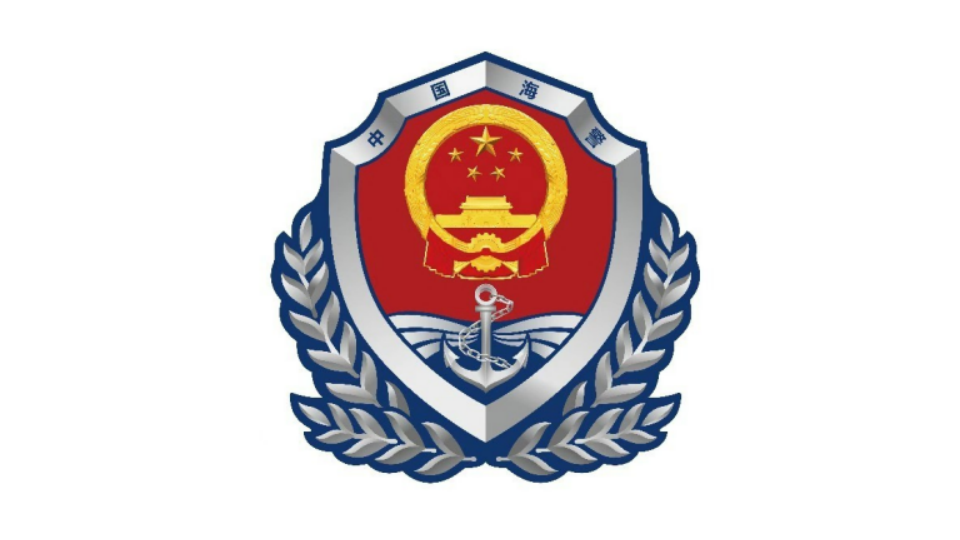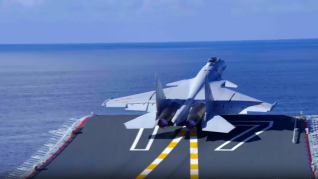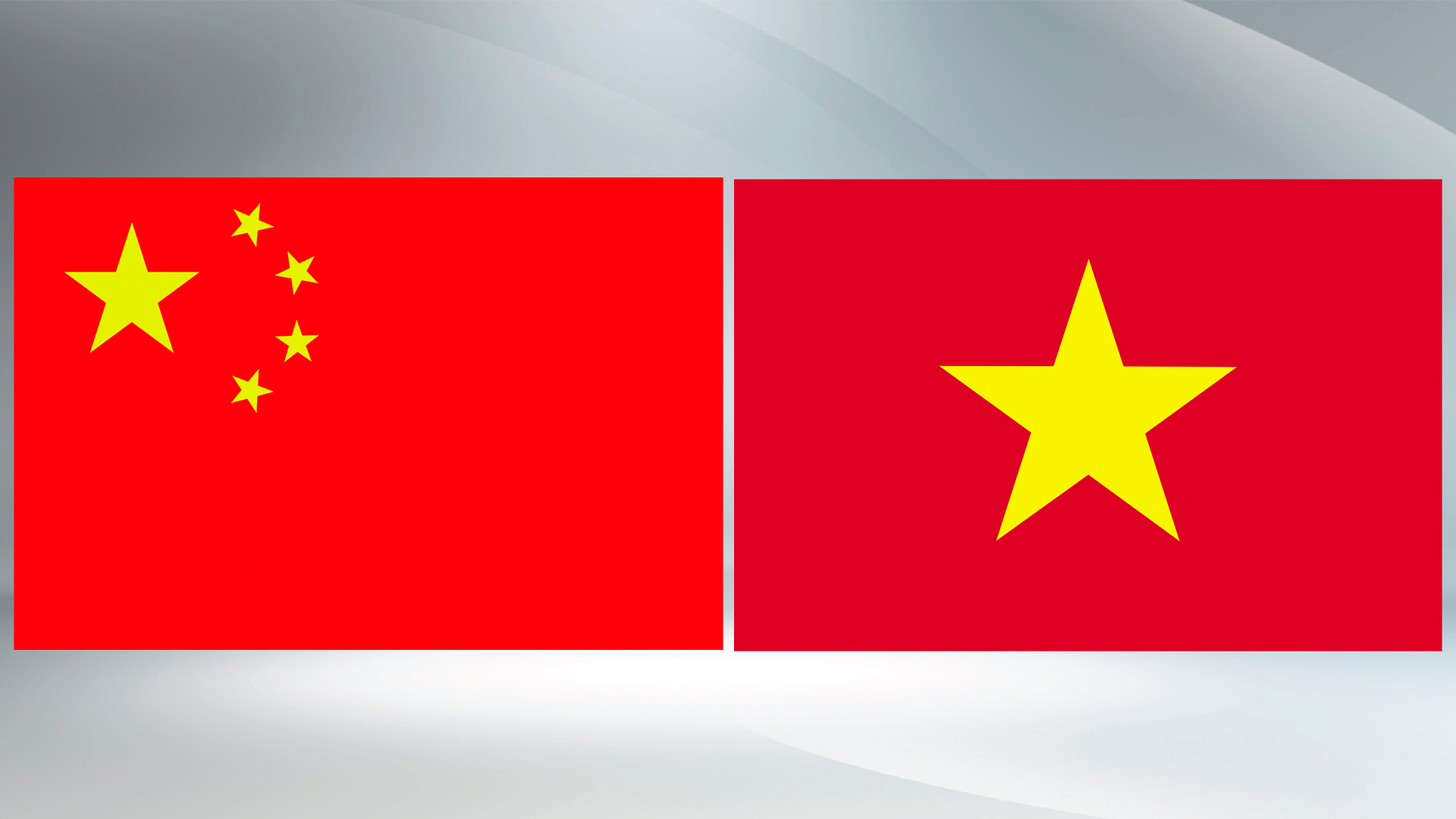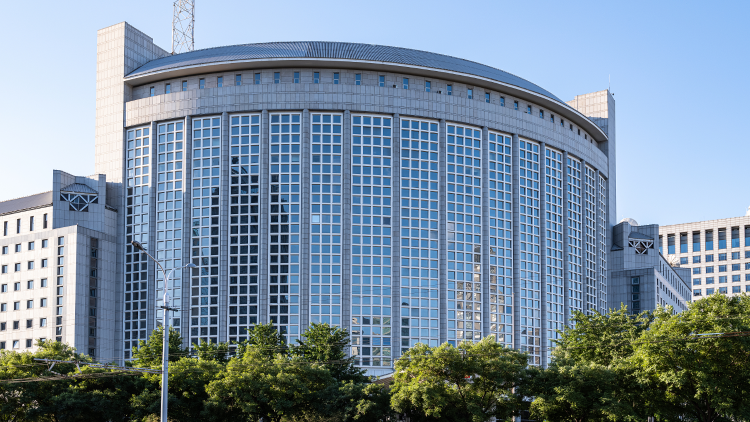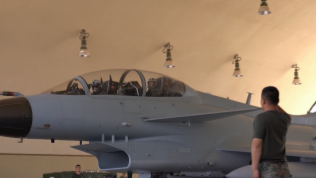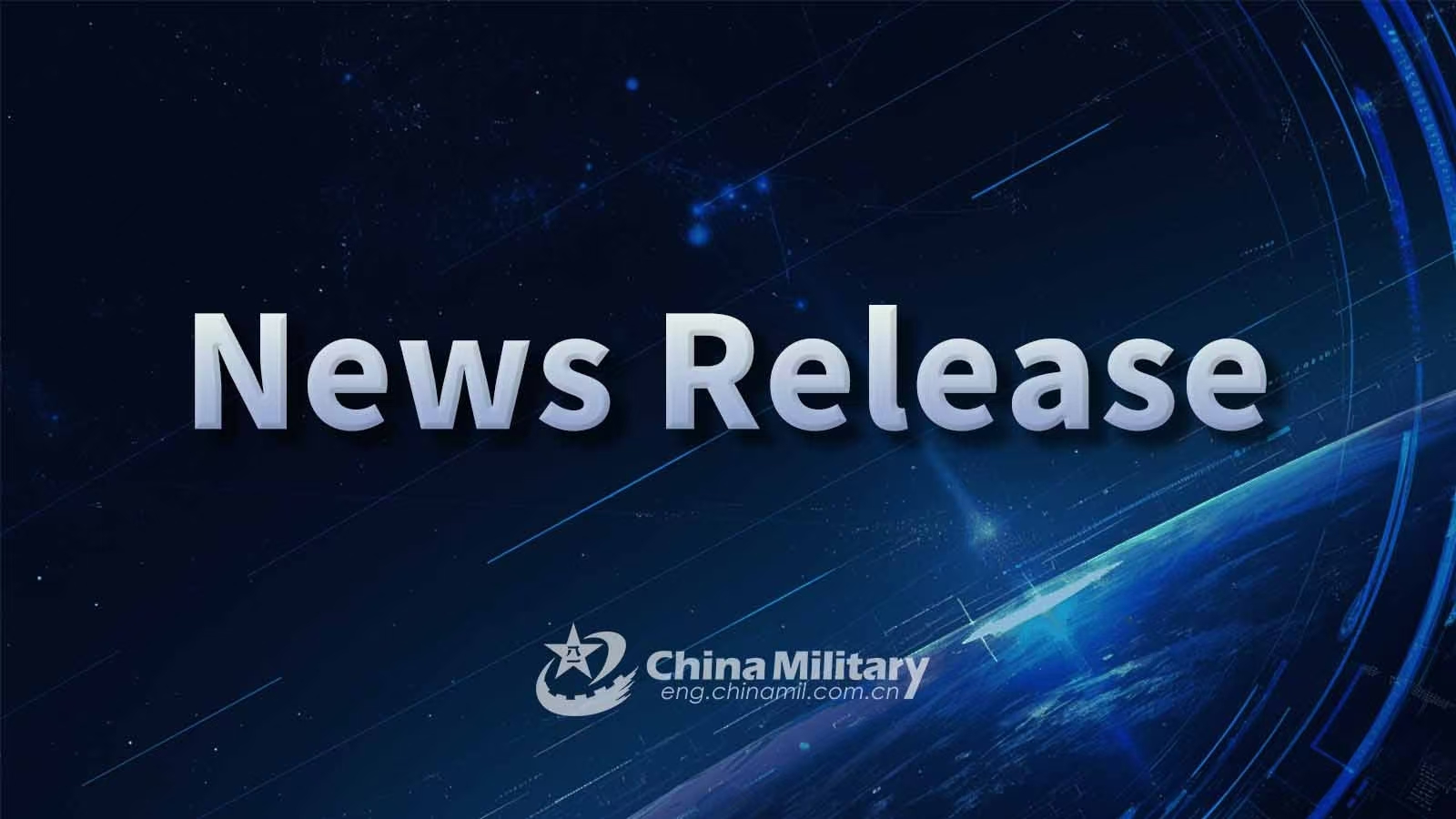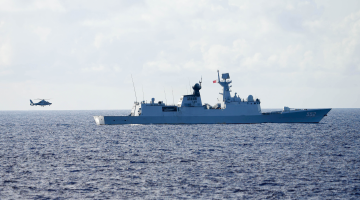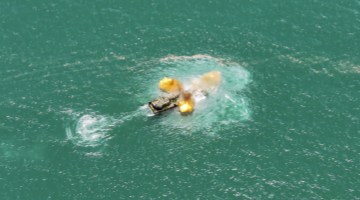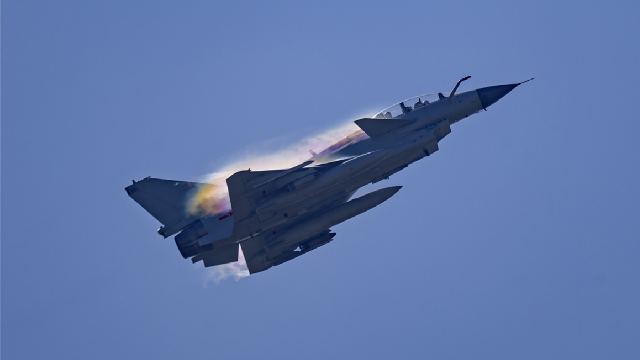By Xu Juanjuan and Huang Jiayu
According to reports, the Japan Ground Self-Defense Force (JGSDF) and the United States Marine Corps (USMC) carried out the Resolute Dragon 23 joint exercise in Japan's southwestern islands in October, when the Japanese Maritime Self-Defense Force (JMSDF) and Air Self-Defense Force (JASDF) are scheduled to be involved for the first time and a live-fire exercise with HIMAS systems will also be held between the two sides. Since the Fumio Kishida administration came into power, Japan has taken the initiative to strengthen its linkage with the US and the US allies and abruptly shifted its defense policy, moving further away on a perilous road.
Japan acts as the lackey of the US in the Western Pacific, and also the key fulcrum of the US Indo-Pacific strategic layout. After the release of the new security documents, Japan increasingly seeks to enhance the interactions at the strategic, operational and tactical levels with the US and its allies, and intensifies its defense planning and combat readiness capabilities, in a bid to be included in the US military combat systems for bilateral military integration.
According to statistics, the number of Japan-US joint training reached around 108 in 2022, growing by four times in the past 10 years. These exercises and training have consistently penetrated into the tactical level, with the subjects expanding accordingly. From the bilateral military exercises with the US and the multilateral ones with several countries, the JSDF has frequently executed anti-submarine, mine clearance, ammunition supply and other tasks in an attempt to boost its own combat capability and regional influence.
To better adapt to the strategic adjustment of the US, Japan enshrines the "Indo-Pacific strategy", straining every nerve in its efforts and colluding with various parties in the region with a view to copying the NATO-style multilateral alliance pattern. With its motivation, the country's cooperation with the US, India and Australia under the quadrilateral security dialogue (QUAD) is expanded in the agendas and elevated in the level by carrot-and-stick approaches, achieving substantive results in military cooperation and intelligence sharing. Japan has also stepped up in defense and security cooperation with NATO countries and acts in concert with the alliance's deployment in the Asia-Pacific, aiming to stir up the regional situation and seek its own interests by resorting to their strength.
The new model of the "US and Japan plus" military cooperation is also a prioritized target for Japan. Pushed by this country, the cooperation model is currently expanding from Northeast Asia to the South Pacific, and even to the Indian Ocean and Atlantic Ocean, binding the two countries' military cooperation relations with other third parties.
The US, Japan and the ROK are engaging in frequent military interactions in Northeast Asia. Under the pretext of peninsular security, the triplex consistently participates in reconnaissance activities and successively conducts joint military exercises in the Western Pacific, resulting in haunting tensions on the peninsula. At the Camp David Summit in August, they announced the institutionalized arrangements for trilateral cooperation, which involve high-level summits, ministerial-level meetings, specific joint military exercises and more. This indicates that the trilateral security cooperation among the three countries is heading towards a path of institutional development.
Japan is also ramping up its military ties with Australia, the UK and other countries. In January 2022, Japan and Australia signed the Reciprocal Access Agreement, which simplifies the procedures for entry with weapons and customs clearance to facilitate the troops exchange and security cooperation between the two countries. The deepening of the Japan-Australia quasi-alliance relationship poses great potential risks to regional security.
Obviously, Japan is increasingly highlighting its own individual autonomy while catering to the US bloc politics and camp confrontation. The underlying purpose of its initiatives is not only to break the restrictions under the pacifist constitution for military deregulation, but also to play a greater role in the US alliance system, which will inevitably further evoke the high vigilance of regional countries and the international community.
(The author is from the PLA Academy of Military Sciences)

